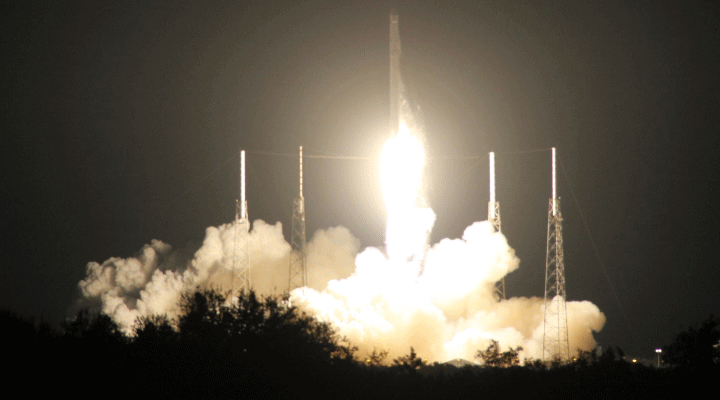For a little over three years NASA’s relied on Russian help and technology to get its astronauts to the International Space Station (ISS). That’s all fine and good when everyone’s friends, singing “Kumbayah.” But this past year, with the Russians exerting their own version of a national “’roid rage,” NASA’s justifications to use the Russian Soyuz capsule to ferry U.S. astronauts at $7,0 million a pop are wearing thin. Thanks to this week’s contract announcement, that will hopefully soon change.
human rated space vehicle development contracts
Soon, in this case, is relative, and those hoping for a quick turn-around time and U.S.-made capsules zooming into space next year will be somewhat disappointed. NASA awarded two companies two contracts for human-rated space vehicle development, with the hope of “breaking it off” with the Russians and their Soyuz by 2017. The two lucky competitors and potential future space ferry builders are Space Exploration Technologies Corp. (SpaceX), and The Boeing Company.
SpaceX was awarded $2.6 billion and Boeing, $4.2 billion. Both are Commercial Crew Transportation Capability (CCtCap) contracts. No reason was given for why Boeing’s contract is pricier than SpaceX’s. The CCtCap contracts are the second part of the second phase of NASA’s Commercial Crew Development program. Boeing’s capsule is the imaginatively named CST-100, and SpaceX is working on a second version of their Dragon capsule. NASA believes that allowing private industry to develop low earth orbit spacecraft will give NASA the ability to focus on manned spacecraft to Mars.
According to NASA, each company’s spacecraft must: demonstrate at least one test flight, with a crew, demonstrate the whole thing works, move it around in space, dock with the ISS, and basically present no surprises. Of course a NASA astronaut will be on board to make sure things are on the up and up. If the capsules do all of that, plus a few other things, NASA will certify each one. Then they get put to work and must accomplish as many as six crewed missions to the ISS.
Both companies have capsule mock-ups that can hold up to seven passengers, although SpaceX’s Dragon has an interior that mirrors an Apple aesthetic. Looks aside, if either company – or even better, both – produce capsules able to put Americans out in space again, NASA can say a sweet “Sayonara!” to Soyuz.




